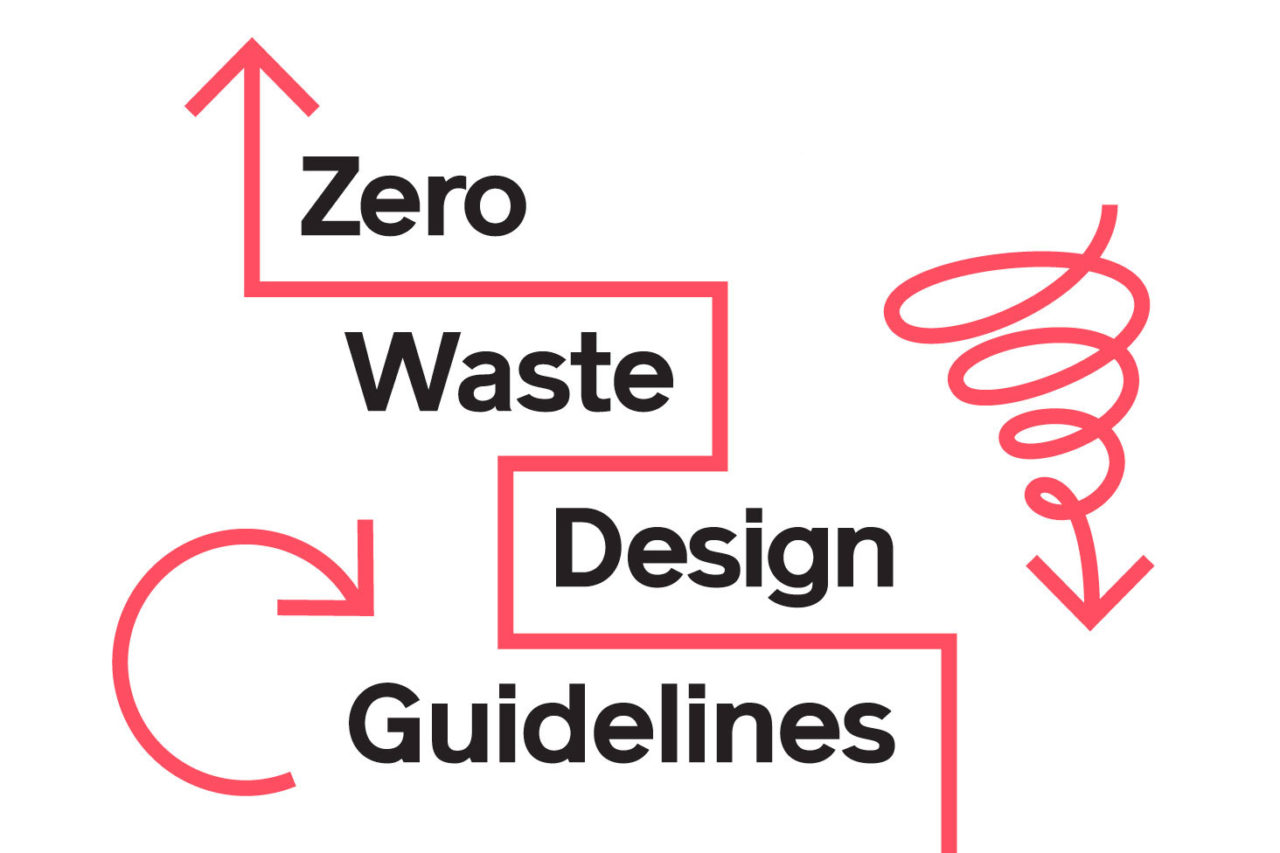
District-scale solutions are often the most effective way of achieving zero waste and improving the quality of the public realm. Entities that manage public space, such as business improvement districts, typically spend over half of their budgets dealing with waste in the public realm. For a neighborhood to become more livable and walkable, with vibrant public spaces, reducing and effectively managing waste is critical.
For circularity of material flows within a city, hubs for collection and aggregation of discarded materials need to be designed into the urban fabric, alongside freight and “last mile” delivery hubs. Urban systems to compost food scraps and reuse them locally; for reusable take-out containers; for swapping, loaning or repairing goods; for storing reusable and salvaged materials, are all most viable at a district scale.
This presentation goes beyond the Zero Waste Design Guidelines to show strategies and case studies that the Center for Zero Waste Design have developed since the launch of the Guidelines.
The course has been approved for AIA CES 1.0 LU | 1.0 HSW and 1.0 GBCI.
Contact AIANY Committee on the Environment Co-Chair Clare Miflin to schedule: clare@thinkwoven.com.







